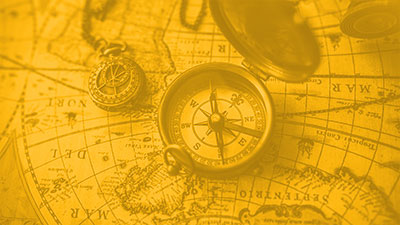
On this Day July 28
Click each item below to learn more!

Celebrity Birthdays
1866 – Children’s author-illustrator Beatrix Potter (“The Tale of Peter Rabbit”) (d. 1943)
1901 – Singer-actor-bandleader Rudy Vallée (d. 1986)
1929 – Former First Lady Jacqueline Kennedy Onassis (d. 1994)
1943 – Former New Jersey Senator and Basketball Hall of Famer Bill Bradley
1945 – Cartoonist Jim Davis, creator of “Garfield”
1948 – Actress Sally Struthers, best remembered as Gloria in the 70s sitcom “All in the Family”
1964 – Actress Lori Loughlin, who played Rebecca in ABC’s “Full House”
1993 – Pop singer-songwriter Cher Lloyd (“I Wish” and “Sirens”)


